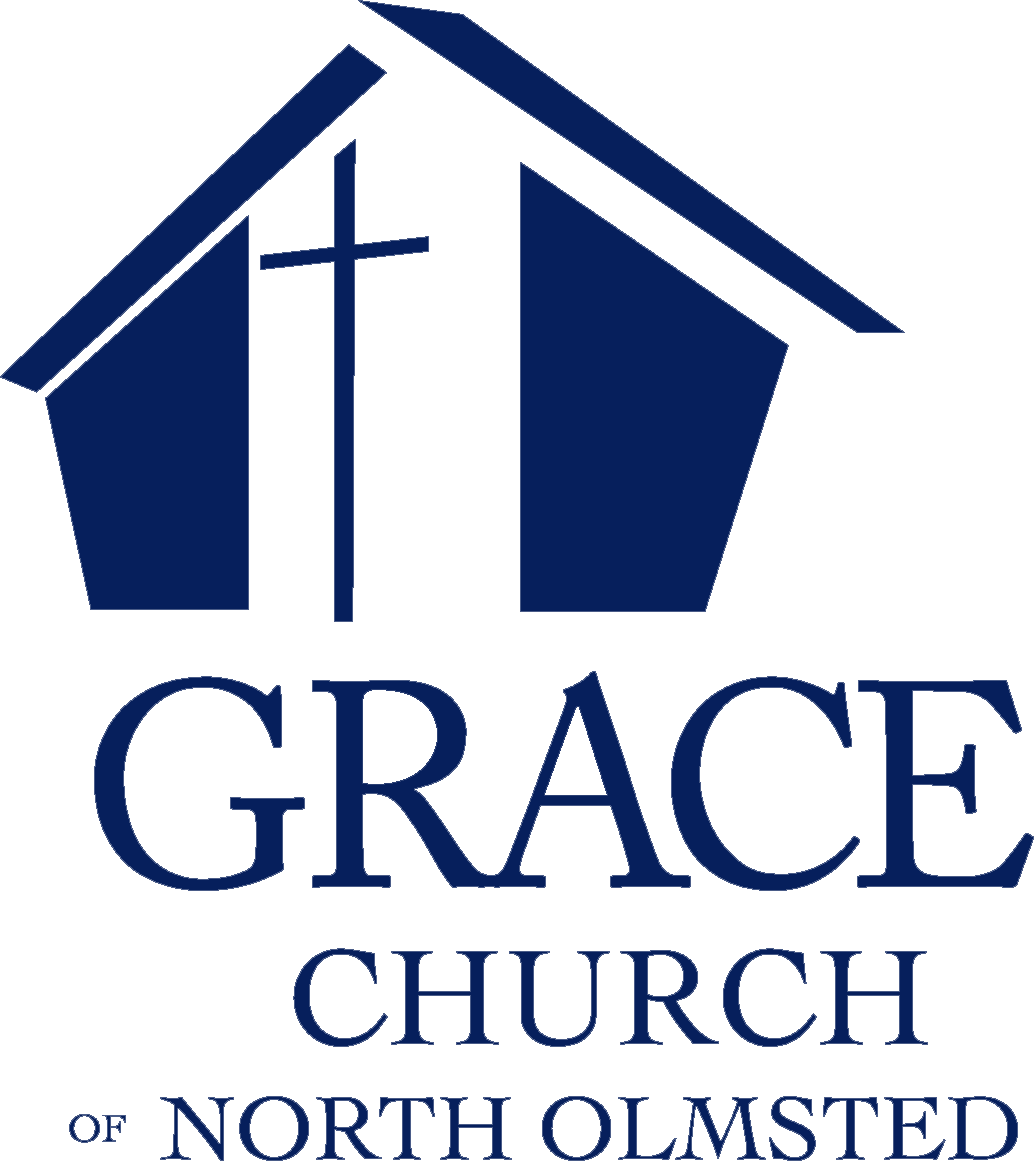
Recommendation: 5/5
Description of author: Leonard Verduin received an A.B. from Calvin College, a Th.B. from Calvin Seminary, and an A.M. from the University of Michigan. For twenty years he served the Christian Reformed Church as pastor of the Campus Chapel at the University of Michigan. He was awarded a Fulbright Research Grant in 1950 to study medieval protest movements in the Low Countries. He is the translator of the complete writings of Menno Simons.
Comments: The Stepchildren of the Reformers were the Anabaptists. Verduin explains in great detail and with wonderful insight the differences between the Reformers and the Anabaptists they persecuted. In one sense the Anabaptists were a product of the Reformation, yet in another sense their roots reach back to the days of Constantine. Verduin shows that the various names applied to the Anabaptists during the Reformation were used to describe ‘heretics’ throughout the middle ages all the way back to the Donatists of the 4th century. One by one, he takes each German epithet (Donatisten, Stabler, Catharer, etc.) and explains its significance in relation to the convictions of the Anabaptists and how each conviction was at its core an attack upon the sacral society set up by Constantine in the 4th century. The Reformers intended to continue this sacral society (state-church society) and therefore sought to exterminate the Anabaptists. The central issue was believer’s baptism (Anabaptists) versus infant baptism (Reformers), but also included related issues like voluntary church membership (free church) and church discipline (pure church). Verduin explains the difference: The Stepchildren believed that the Church of Christ is by definition an element in society, not society as such. Their opponents, the Reformers as well as the Catholics, were unwilling to go along with this; they continued to look upon the Church as coextensive with society . . . In the one view the Church is Corpus Christi, the body of Christ, which consists of believing folk and them solely; in the other view the Church is Corpus Christianum, the body of a christened society (p. 16-17). This is a profound book. It is a book that not only needs to be read, it needs to be thoroughly digested by the American Christian. In an age when Evangelical Christians are tyring to create or restore a “Christian America” we need to be reminded that we are not called to create a Christian society, we are called to be Christians in society. If you want to understand the difference between the Baptist and Reformed views of the church, this is a book you need to read.
